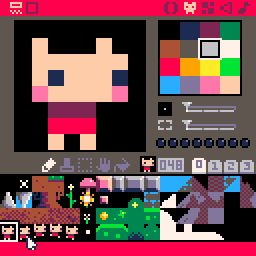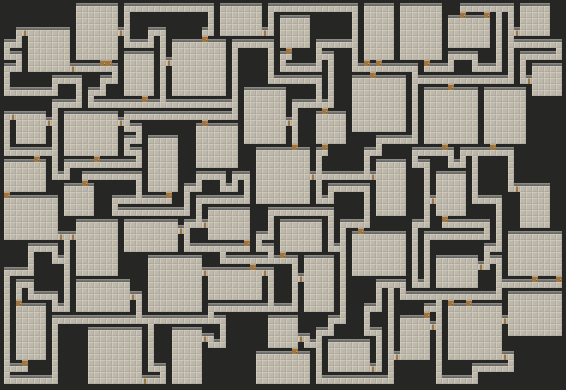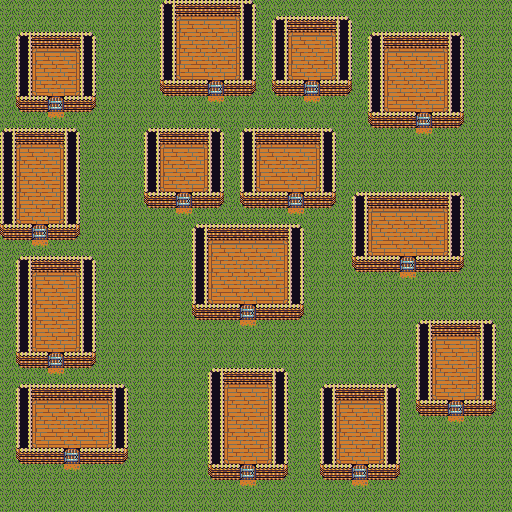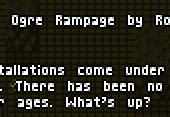I’ve done a lot of game jams and have used many engines and frameworks in these jams. They all have pros and cons, but lately, I’ve been using fantasy consoles as my platform of choice, and I think you should too - they are fantastic for game jams.
What are fantasy consoles? In short, they are virtual consoles that mimic retro computers and their limitations, but also provide a complete game development environment. Within the same application, you can draw simple sprites, compose chiptune music and sound effects, and write code using a limited API. Its severe limitations are also its appeal; it’s not only a piece of cake to pick up and learn, but the limitations encourage creativity. PICO-8 is the most popular, but there are many others to choose from.

One of the most important factors when choosing a platform for jams is development speed. You want to be able to put something playable together as quickly as possible, as time is the scarce resource. Here the popular engines do very well; Unity, for example, has a lot of functionality built-in, or easily accessed via its asset store, so you can quickly piece something rough together.
Fantasy consoles represent an alternate approach - with limitations and fewer tools at your disposal, there is less time wasted in choosing how to make your game and more time on focusing on gameplay and making something fun. It’s easy and quick to put together something playable, so you can start iterating and polishing on top of a solid base.
Read more

